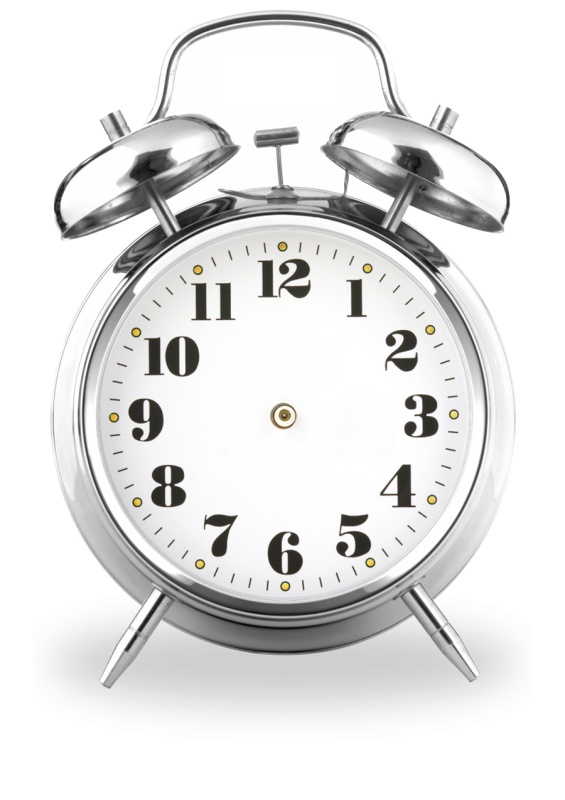

missing something?
to create useful, usable and desirable products, you have to understand who your users are and what they need
User experience testing is crucial for businesses to ensure a seamless and intuitive product or service. By identifying and addressing usability issues, businesses can enhance customer satisfaction, increase conversion rates, and improve brand perception, leading to happier users and better business outcomes.
assumptions are the first thing to cross off the list
User experience (UX) testing puts the user front and center, giving you the opportunity to truly learn about the behaviors, emotions, and language that can drive satisfaction in the digital space.
Moderated usability testing is at the heart of our UX Research. By measuring and analyzing user behavior, we are able to make actionable recommendations that improve the learnability, efficiency, memorability, and errors of your digital platforms. And the reporting, recording, and transcripts from testing sessions provide the insights you need to make informed decisions.
desktop + mobile usability testing
Task-based or exploratory research conducted on digital platforms, either in person or remotely.
ethnography + 1-on-1 interviews
Authentic, in-depth video recording of users in their natural environment.
journey mapping
Uncover customer pain points, behaviors, motivations, and opportunities throughout the buying journey.
click mapping
Understand paths for task-based exercises, allowing you to quantify elements like navigation.
card sorting
Placing terms or images in pre-existing buckets or developing (and naming) buckets to develop website menus and hierarchy.
side-by-side testing
Concurrently testing a functioning prototype and providing feedback in a survey allows for deeper insights.
digital audit
Identify gaps and unmet needs through research and analysis of competitor products.
a/b testing
Comparing UX metrics such as success rate and time of task completion of two tests to determine the better design.
image highlighting
Pinpoint elements that need attention by having respondents click to identify areas they like, dislike, find confusing, or compelling.
persona research
Define distinct user groups to understand how to design products with individual needs in mind.
digital diaries
Tracking digital usage via mobile phone over a dedicated period of time.
tree testing
Evaluate information architecture by attempting to complete tasks using only the category structure.
drag and drop
Gather insights into consumers' ideal user interface by having them drag and drop elements into different areas of a design.
design battery
Gain a deeper understanding of why one concept is preferred over another through quantitative analysis of metrics like ease-of-use or legibility.
Let's talk!
If you'd like to get to know us better and learn more about how our capabilities can address your challenges, please provide your details.
Recent Blog Posts
- customer experience
Embracing the Customer-Centric, AI-Driven CX Landscape: Tools for Transformation
Read More
- Brand Renovation + Innovation
What to do when concept testing results differ from in-market results
Read More
- Brand Renovation + Innovation
Keep your market intelligence objectives close and your researchers closer
Read More